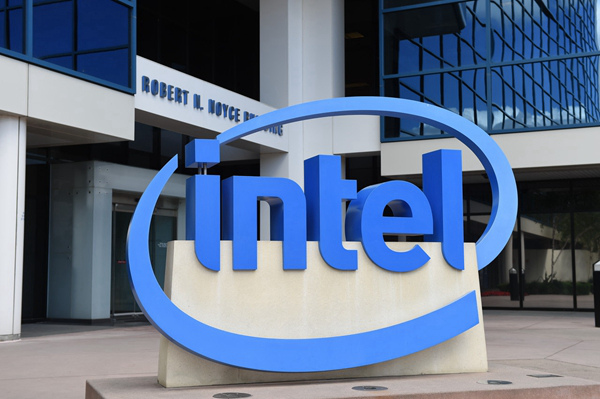Intel's chip manufacturing division accumulated a $7 billion loss in 2023, up from a $5.2 billion loss in 2022. Although Intel realized $18.9 billion in revenue in 2023, that figure is down 31% from $27.49 billion last year.
Intel CEO Pat Gelsinger told investors that these losses are partly a consequence of Intel's past bad decisions, which led to the chip manufacturing business having to outsource about 30% of wafer production to other fabs, such as TSMC, currently one of Intel's competitors. Today, however, Intel has decided to invest in the use of extreme ultraviolet lithography from Dutch company ASML, which had previously been something Intel chose not to pursue.

Gelsinger expects the cost-effectiveness of these tools to help Intel break even by 2027.ASML also says on its Web site that its technology makes mass production of computer chips more affordable for companies like Intel'schip makerFor that matter, it's good news.
Intel plans to invest about $100 billion in four states to build or expand its chip manufacturing plants. In addition, Intel will receive up to $8.5 billion in funding from the U.S. government as part of the new CHIPS Act. However, for everything to go according to plan, Intel needs to convince companies to use its chip manufacturing services. Microsoft recently signed on as a chipmaker customer, but it's unclear how many more companies Intel will need to break even (as planned) in the next few years.